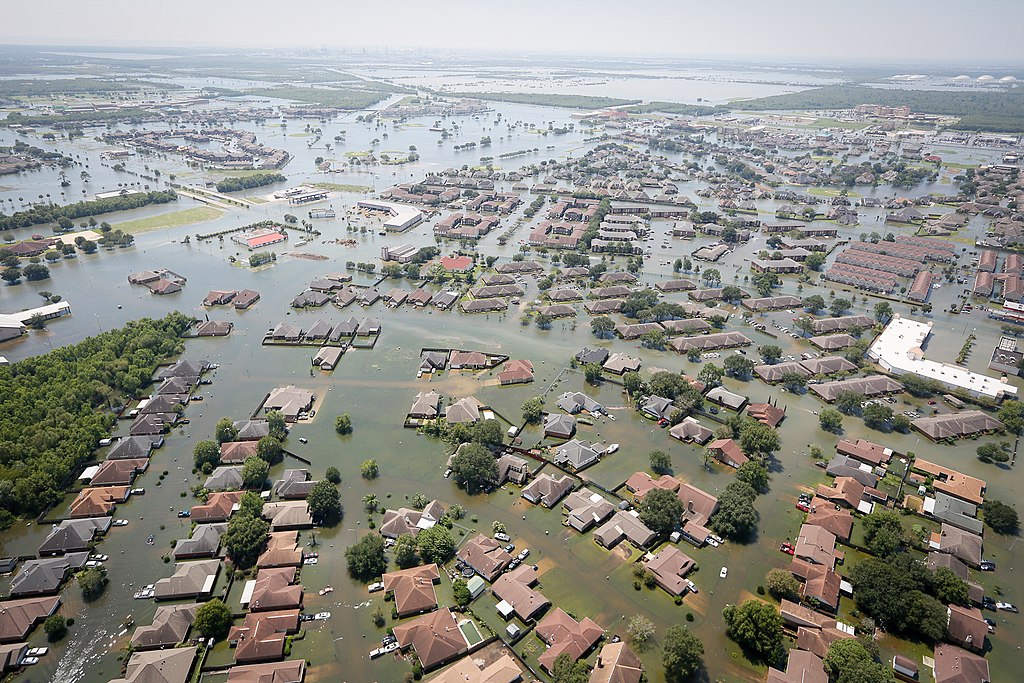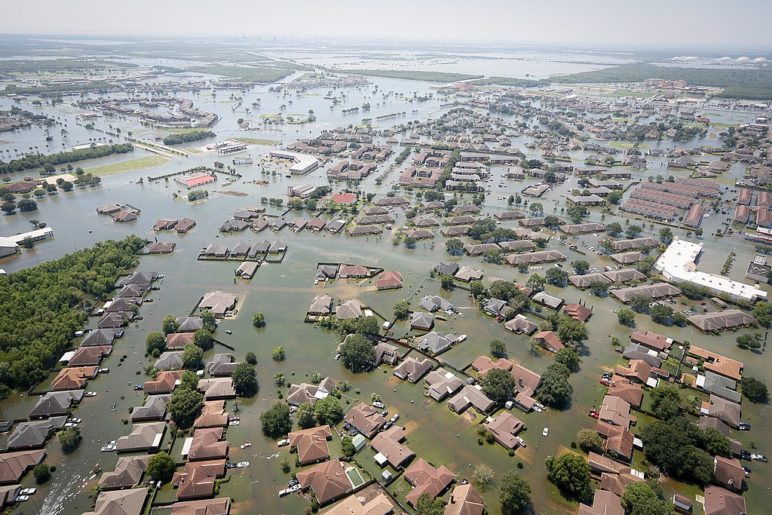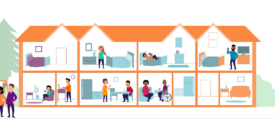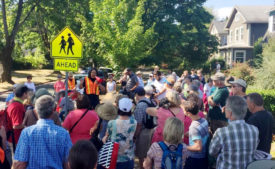Editor’s note: This Flashcard was originally posted Aug. 31, 2017, at the height of Hurricane Harvey. We’ve made some minor updates to include information about the current hurricane season.
Hurricane Harvey wreaked havoc between Aug. 17 and Sept. 7, 2017. If you followed the catastrophe in Houston, Texas, or if you’re following the 2018 predictions for Pacific hurricanes, you might be wondering about the influence of climate change on these massive storms. The short answer is that climate change didn’t cause them, but surely makes them more devastating.
There are several ways that climate change can supercharge these kinds of storms.
- Hurricanes build up power over warm waters. Rising temperatures like the records set in the Gulf of Mexico over the past years make hurricanes stronger.
- Catastrophic, record rainfall and subsequent flooding can be traced to warmer seas. As the Guardian put it, “So, as temperatures rise around the world, the skies store more moisture and dump it more intensely.” We’re talking more in a single week than Seattle gets in over a year.
- Rising sea levels played a role, too. Again from the Guardian: “The storm surge was greater because sea levels have risen 20 cm as a result of more than 100 years of human-related global warming. This has melted glaciers and thermally expanded the volume of seawater.” (20 cm is over half a foot).
So, climate change delivers outsized heartbreak, destruction, and mayhem that we’re seeing. Obviously, we don’t yet have any studies that definitively show the links, but no one would be going out on a limb to assert that global warming contributed to Harvey’s severity.
As we watched news coverage of the storm and its aftermath, it’s still interesting to see how different publications frame the climate connection. From Politico (Harvey is what climate change looks like), Vox (Climate change did not “cause” Harvey, but it’s a huge part of the story), and Wired ( How climate change fueled hurricane Harvey), to USA Today, which took a less assertive stance—and points somewhere in between. And, of course, there are outlets that will never even mention climate change—unless to dismiss it.
To prompt productive dialogue about the seriousness of climate impacts and the urgency for solutions, here’s our guide for talking about the climate and weather connection in an accurate and forceful way.
Start with the basics. This is crucial. Is climate change happening? Is it caused by humans? Does it play a role in our weather? Yes, yes, and yes. People need to hear this. People also need to hear clear, honest statements about climate’s role in our weather. Do not lead with what’s unknown.
When called upon to talk about climate and extreme weather, here are the fundamental elements to cover before you say anything else:

Original Sightline Institute graphic, available under our free use policy.
Click image to download and share.









